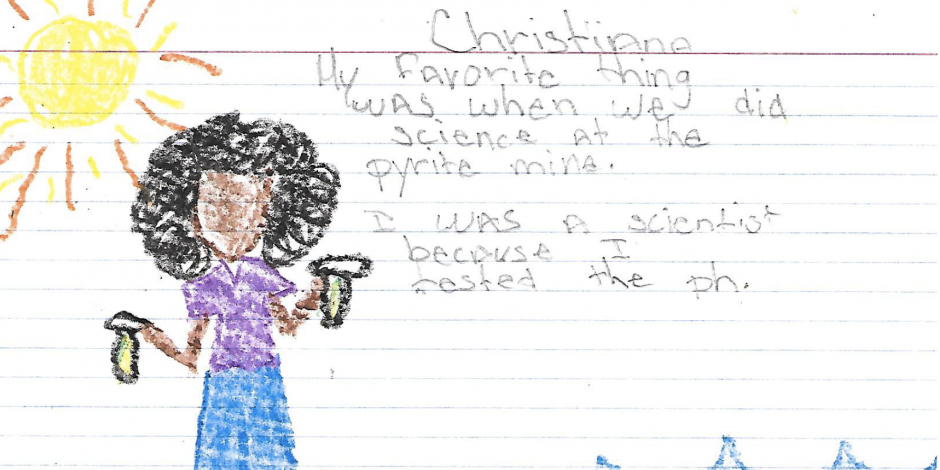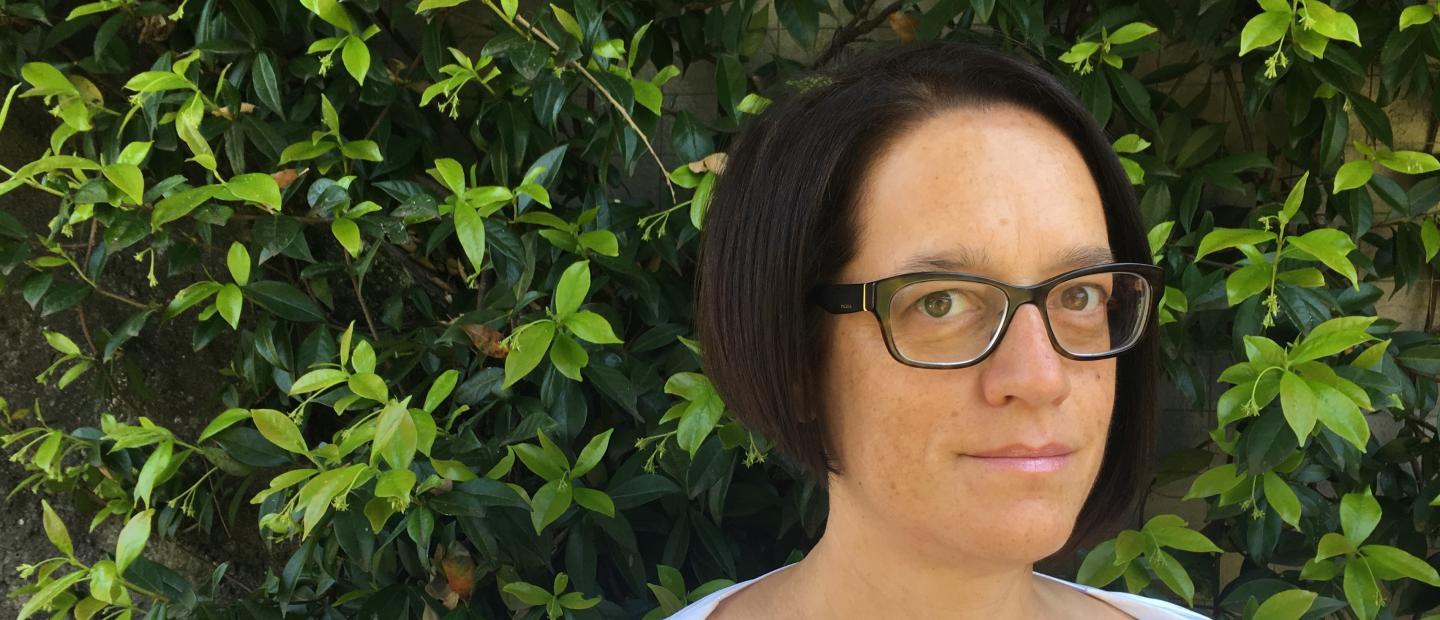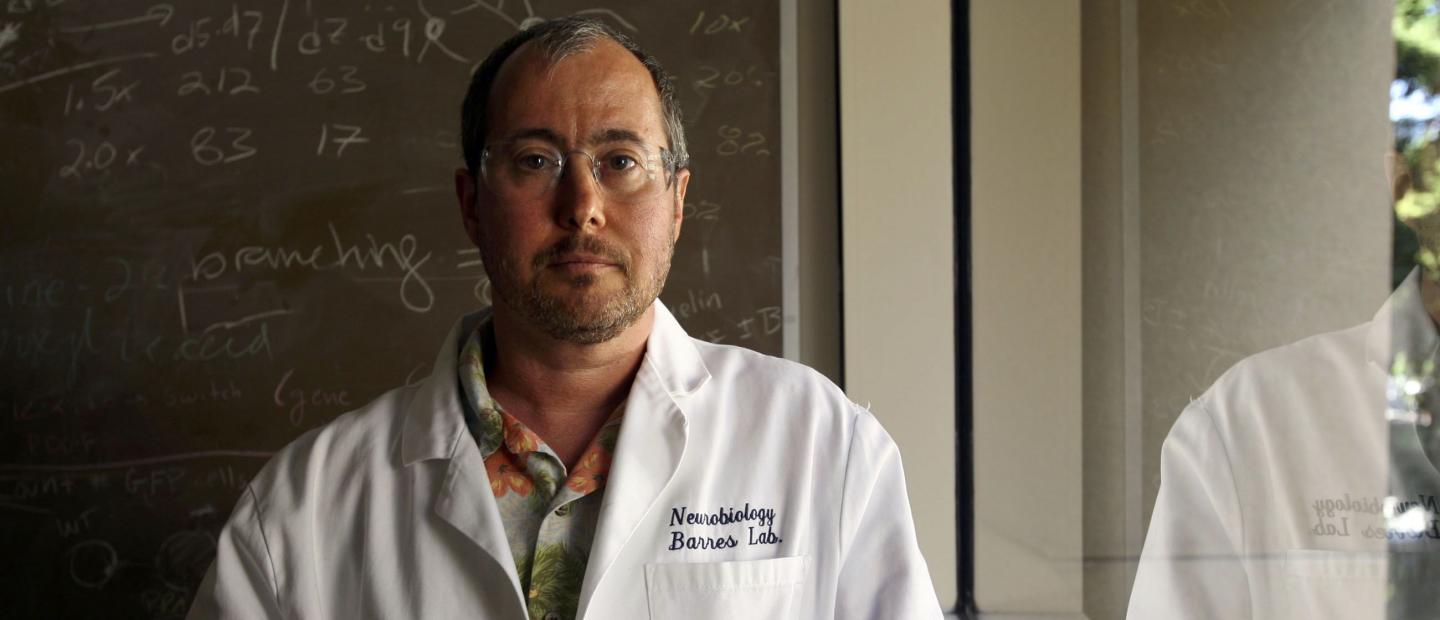Meet the Scientists

As students take pH samples of the Elwha River in Olympic, conduct stream bio-monitoring in Quantico Creek at Prince William Forest, examine the ecological history of giant sequoia trees in Yosemite and collect and identify macroinvertebrates from Rodeo Pond at Golden Gate, they discover what it really means to be a scientist. By introducing young people to the diversity of both scientists and science field work, we hope to inspire a long-lasting connection to the natural world.
Meet the scientists who have already paved the way in diversifying the field:
Ernest E. Just, Biologist #
What did he do?
In the summer of 1909, Ernest went to study at the Marine Biological Laboratory at Woods Hole, Massachusetts as a research assistant to Frank Lillie, the lab director. Just’s research focused on the fertilization and breeding habits of polychaetes (marine worms) and sea urchins.
Why is he important?
Just was the first African American to receive a Ph.D. in experimental embryology. Thanks to his time at Woods Hole, he became the leading scientist on the embryology of marine animals
Did you know?
He believed conditions used for experiments in the lab should closely match those in nature and is considered one of the first scientists to use this concept.
At NatureBridge, we were really able to zoom in on the same things we learn in school, but in a different way. This changed my thinking about scientists. It made me realize looking at things under a microscope in a lab wan't the only part of being a scientist. We got to study outside and catch and observe living things... I felt like a real scientist outside looking at animals, categorizing them, and studying them.Murch Elementary School student, Prince William Forest
Ilaria Mazzoleni, Architect and Biomimicist #
Why is she important?
Ilaria’s focus is biomimicry, where innovation in architecture and design is inspired by the processes and functions of nature. She explores the connections between biotic and abiotic elements within ecosystems in order to develop sustainable urban planning strategies and address solutions to global climate change.
Did you know?
One of her projects was inspired by banana slugs! She wanted to learn how to create a building that is as equally well suited to the redwood environment as the slug. With a group of architecture students, she built a greenhouse prototype with special silicone units that capture and release water, inspired by the banana slug’s mucus secretions.

The Earth’s natural resources are finite and the planet is increasingly vulnerable to human activities, making apparent the responsibility we have to lessen our impact on it.Ilaria Mazzoleni, 2013
Ben Barres, Neurobiologist #
What did he do?
Barres focused his research on mammalian glial cells in the brain, including the exploration of their function and development. He discovered that they help neurons mature and produce connections that are the basis for learning and memory. He revolutionized the way we understand the brain.
Did you know?
Before transitioning, Barres experienced gender discrimination during his education and early career. As a result, he spoke up for historically marginalized groups in the sciences, including women, minorities and LGBTQ+ people.
Beyond being a great scientist, he made it possible for others to be great.

The comments about women’s lesser innate abilities are all wrongful and personal attacks on my capabilities, as well as on my colleagues’ and students’ abilities and self-esteem. I will certainly not sit around silently and endure them.”Dr. Ben Barres, 2006

